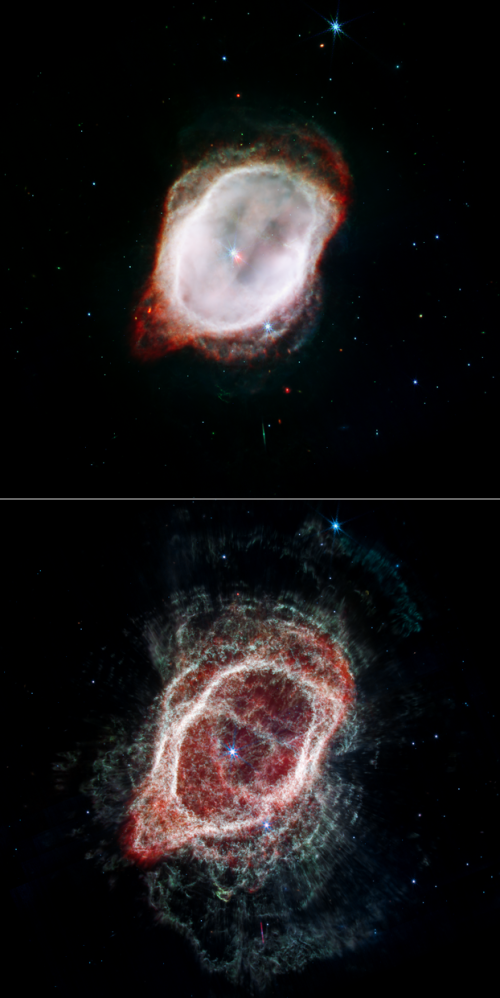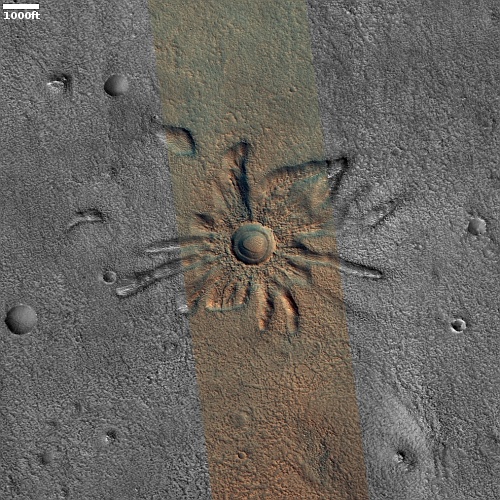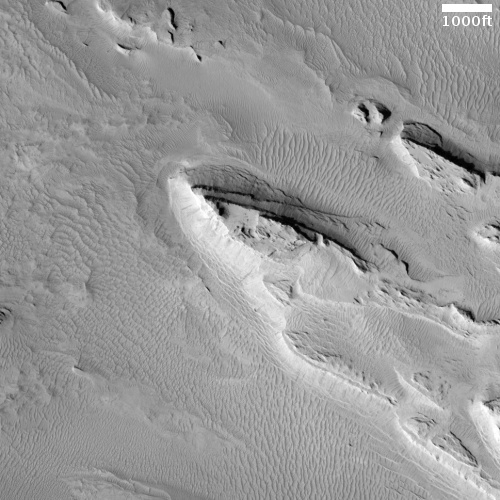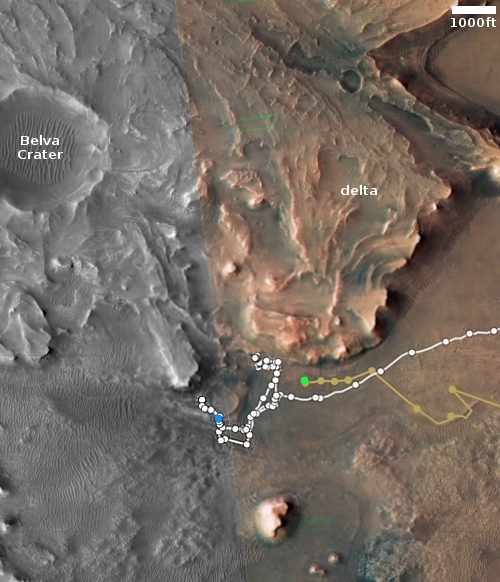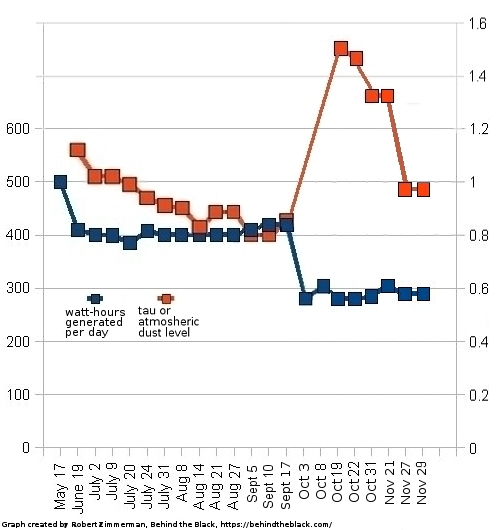We’re here to help you! According to a Maxar press release today, it has obtained permission from the federal agency NOAA (initially created to study the weather) to use the company’s satellites to not only photograph things on Earth but things in space as well.
Maxar Technologies (NYSE:MAXR) (TSX:MAXR), provider of comprehensive space solutions and secure, precise, geospatial intelligence, today announced that the National Oceanic and Atmospheric Administration (NOAA) has modified Maxar’s remote sensing license to enable the non-Earth imaging (NEI) capability for its current constellation on orbit as well as its next-generation WorldView Legion satellites.
Through this new license authority, Maxar can collect and distribute images of space objects across the Low Earth Orbit (LEO)—the area ranging from 200 kilometers up to 1,000 kilometers in altitude—to both government and commercial customers. Maxar’s constellation is capable of imaging objects at less than 6 inch resolution at these altitudes, and it can also support tracking of objects across a much wider volume of space.
This new permit apparently will allow Maxar’s satellites to not only look down at the Earth, but look around and image other orbiting objects, for both the military and commercial customers.
My question however is this: By what legal authority does NOAA claim the right to regulate such activity? I can see none at all, yet like other regulatory agencies (such as the FCC) during this Biden administration, NOAA is grasping this illegal power, and companies like Maxar have decided it is better to go along to get along.
During the Trump administration NOAA tried to claim, without any legal authority, that it had the right to regulate all photography in space, and thus actually forced SpaceX during one Falcon 9 launch to cease public release of the imagery from its rocket.
Within three weeks Trump’s Commerce secretary, Wilbur Ross, stepped in bluntly to block NOAA’s power grab. As he said publicly, “This is silly and it will stop,”
Trump is gone however and the Biden administration is all in with letting government agencies expand their power. Though NOAA might have a some regulatory responsibility related to remote sensing in space, under no conditions can I see that responsibility giving it the right to tell any private American citizen or company what they can or cannot photograph.
I am of course assuming the first amendment to the Constitution is still in force. In today’s America it might not be.

